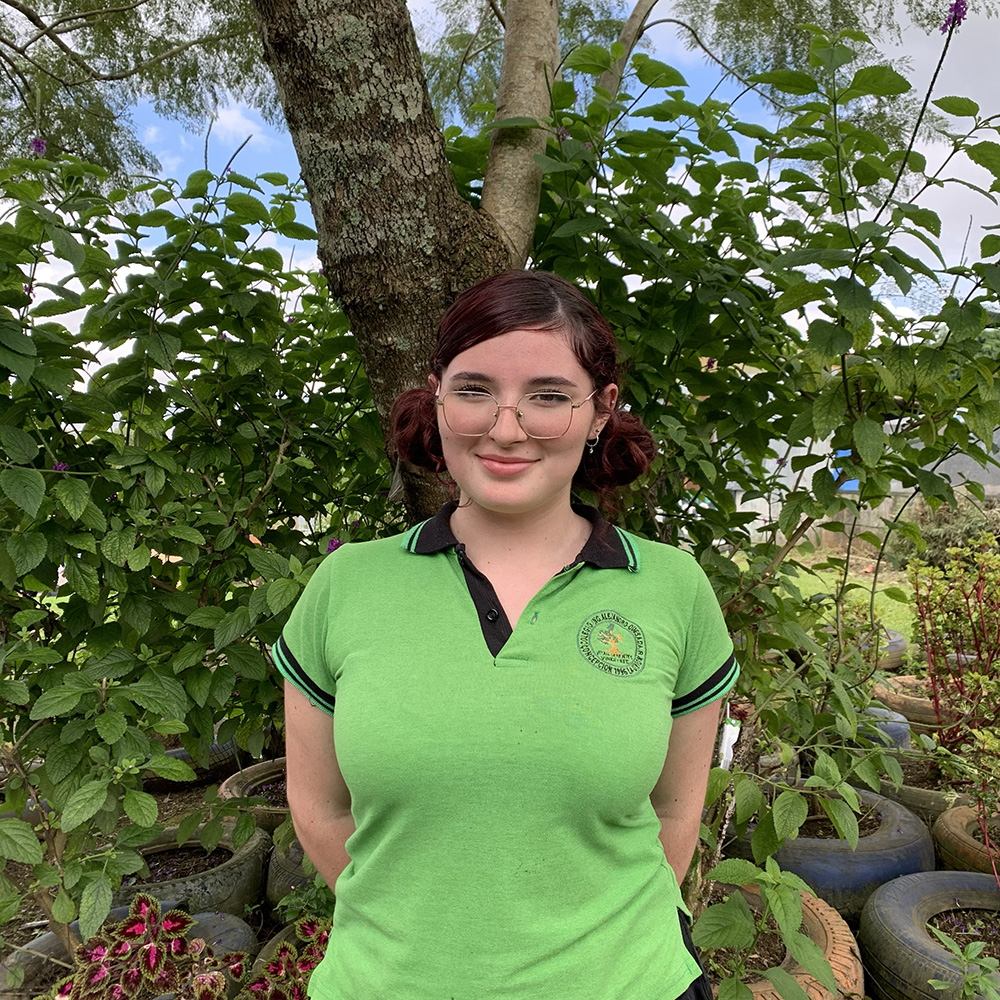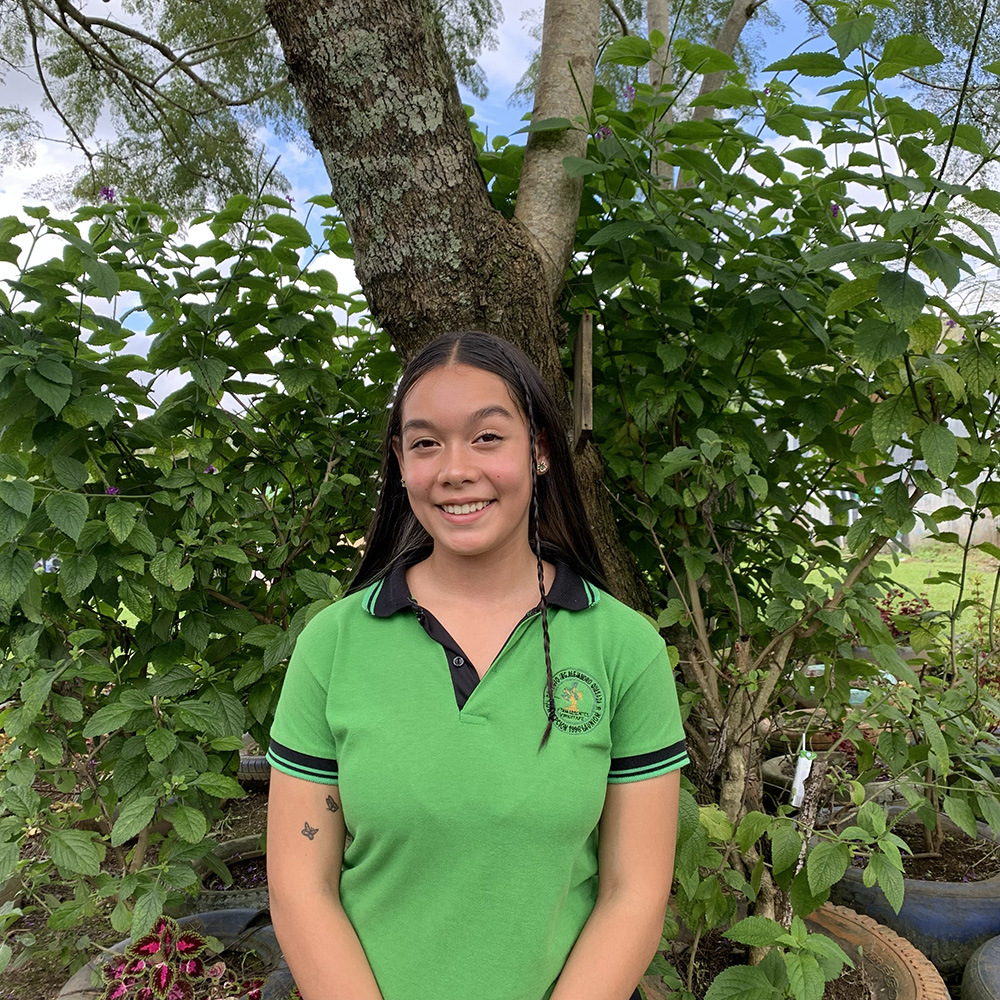Each year, our December edition, Rearview, looks back on our previous reporting to follow up on the people, places, stories, and solutions that have shaped us. This year, we’re proud to share followup reporting from University of Costa Rica (UCR) journalism students. In this installment, Jailine González, Marianela Arias y Cristian Mora follow up on our “Bilingual by 2040” edition to take a look at the teaching of French in Costa Rican high schools.
—
In 2021, the Ministry of Public Education of Costa Rica made official the Advanced French Sections program for secondary school. This program extends to 18 public schools throughout the country, and gives its students the possibility of developing skills in a second language.
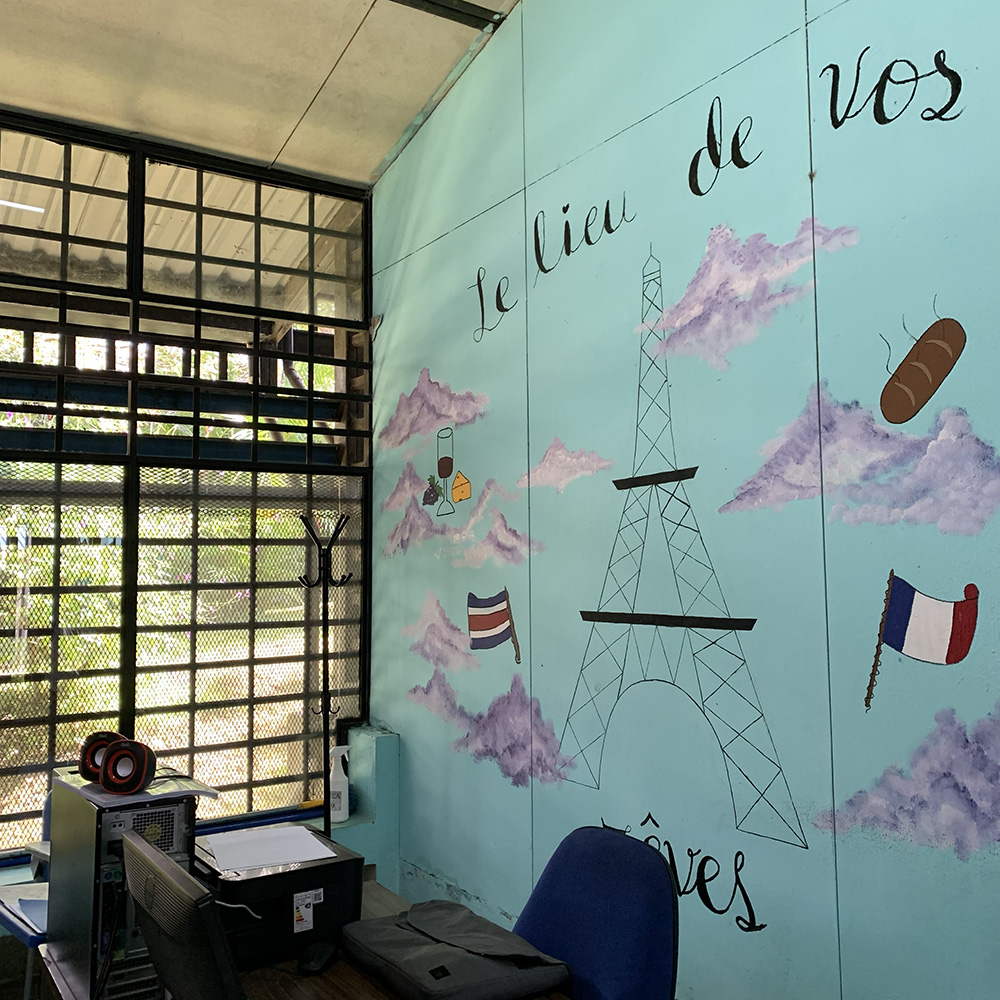
According to Eugenia Rodríguez, National French Advisor of the Ministry of Public Education (MEP), approximately 1,800 students benefit from the program. These begin in the seventh year of secondary school and end in the eleventh year.
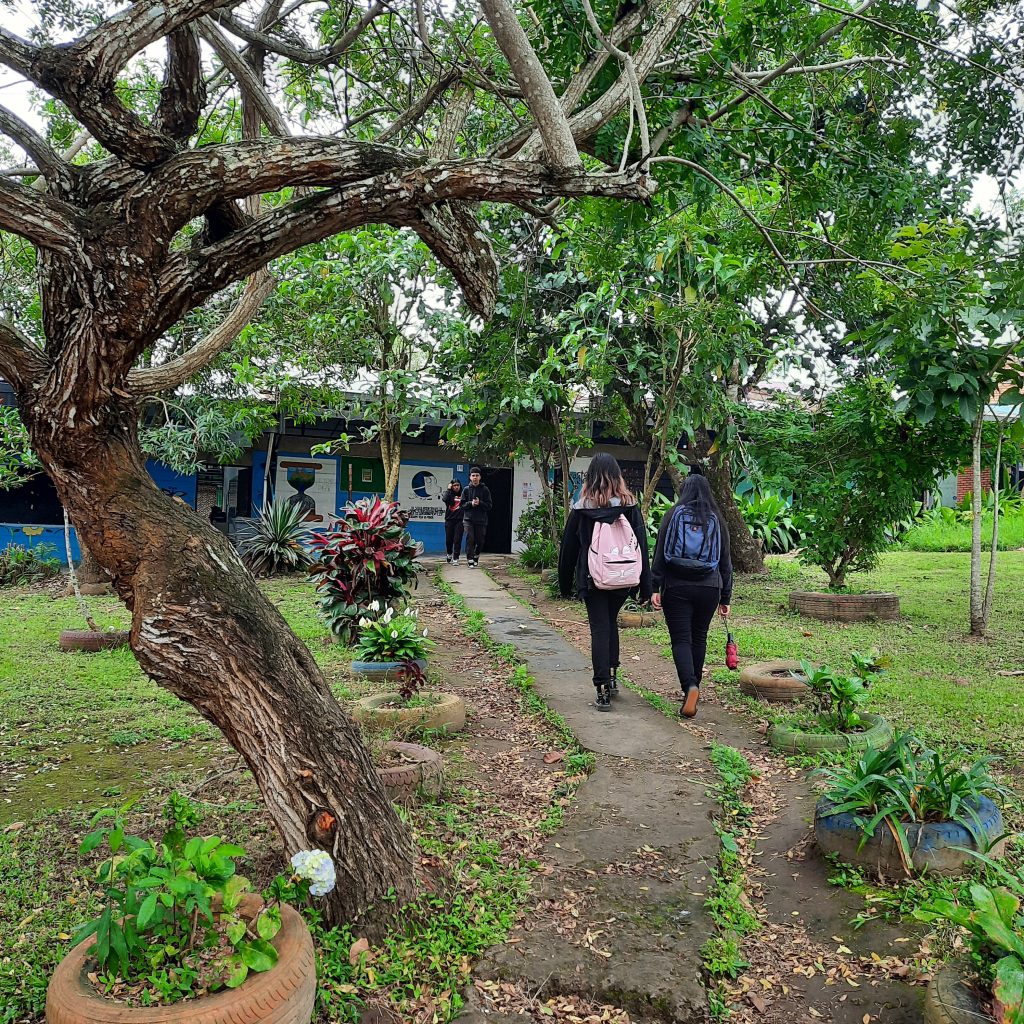
There is a group for each of the five levels, in which 10 French lessons are taught from seventh to ninth grade and 3 in tenth and eleventh grade. Students take an international certification exam in their third and final year, which has identified that many of the participants have a level of B1 and B2 in the language.
The Ing. Alejandro Quesada Ramírez School is one of the pioneers in the teaching of French
Main entrance at Colegio Alejandro Quesada Ramírez
The French teacher, Aldo Gullock, indicated that this educational institution has a French section in each grade and the groups are between 10 to 15 students.
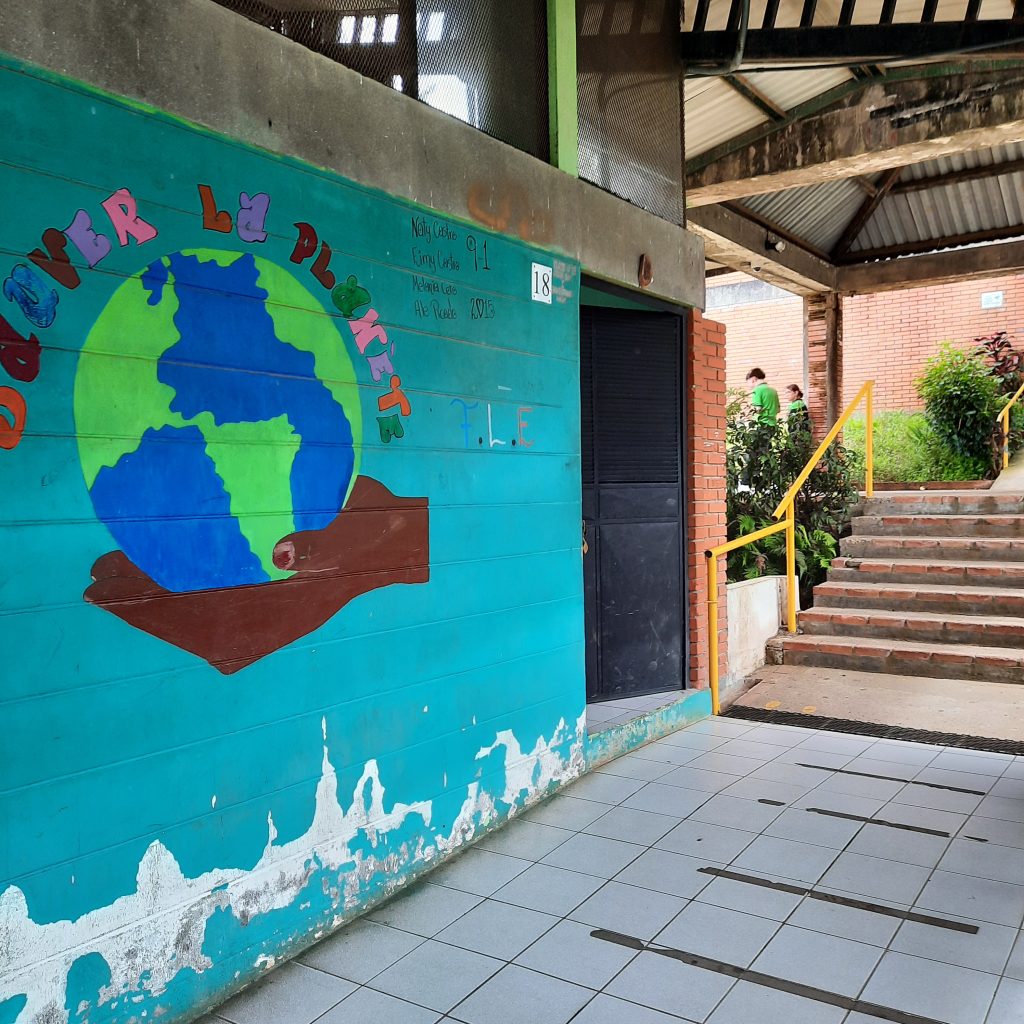
Gullock commented that the students who enter the program previously attend the Fernando Terán Valls School, a public institution that teaches French classes to primary school students. These students are the ones who continue with the French-Spanish Bilingual Program at high school.
Aldo Gullock, teacher of the French Program at the Colegio Alejandro Quesada Ramírez.
Michelle López and Valeria Cordero are two students who from seventh to ninth grade participate in the program. They tell how they live this academic experience:
Valeria Cordero tells her experience
Michelle López tells her experience
Distribution of schools of the advanced French program in Costa Rica
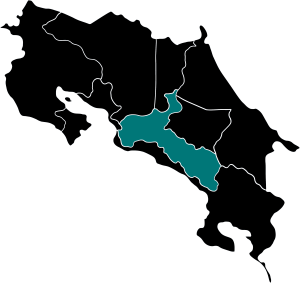
High schools in San José province
- Liceo de Aserrí
- Liceo Mauro Fernández
- Liceo de Santa Ana
- Liceo Hernán Zamora
- Liceo Rodrigo Facio
- Liceo de Alajuelita
- Colegio de Tabarcia
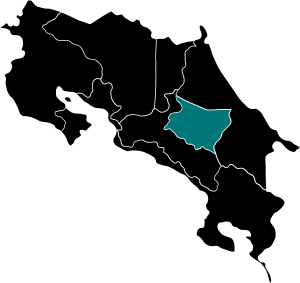
High schools in Cartago province
- Liceo San Nicolás de Tolentino
- Colegio Ing. Alejandro Quesada
- Colegio San Luis Gonzaga
- Liceo de Cot
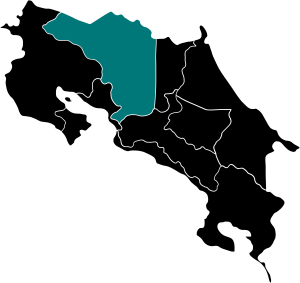
High schools in Alajuela province
- Liceo de Sonafluca
- Liceo de Atenas
- Liceo San José de Alajuela
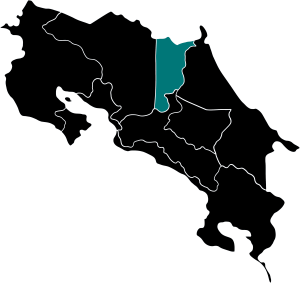
High schools in Heredia province
- Liceo Manuel Benavides
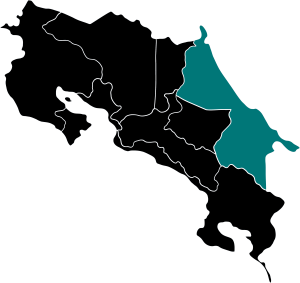
High schools in Limón province
- Liceo Mauro Bourne
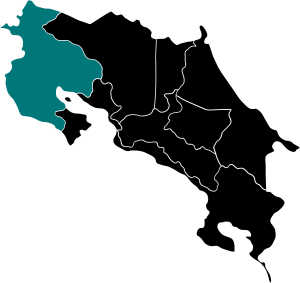
High schools in Guanacaste province
- Instituto de Guanacaste
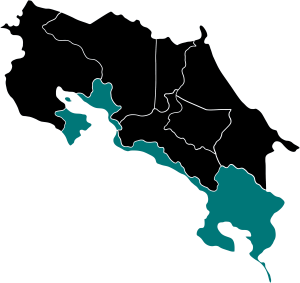
High schools in Puntarenas province
- Liceo Antonio Obando Chan
Advantajes of the Program
According to Gullock, the program provides tools to confront problems beyond the academic field, preparing students at a more critical level of analysis. Students finish the school with an intermediate to advanced level of the language, that is, with skills at levels B1 and B2 according to the Common European Framework of Reference for Languages, according to the results of an international certification exam that is applied to students in his third and last year of school.
Areas of improvement
- Economic dependence on the MEP, which limits access to some teaching materials.
- Need for technological tools; for example, having a specific laboratory for the program.
- In many situations, paying for the certification exam by students represents an expense that families cannot assume.
